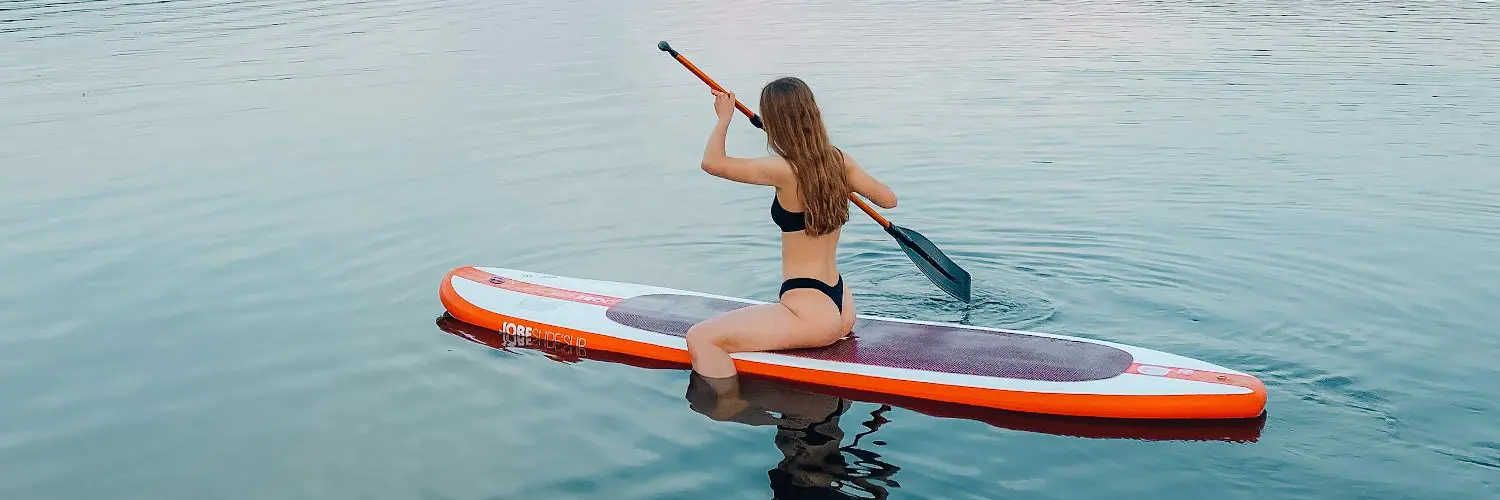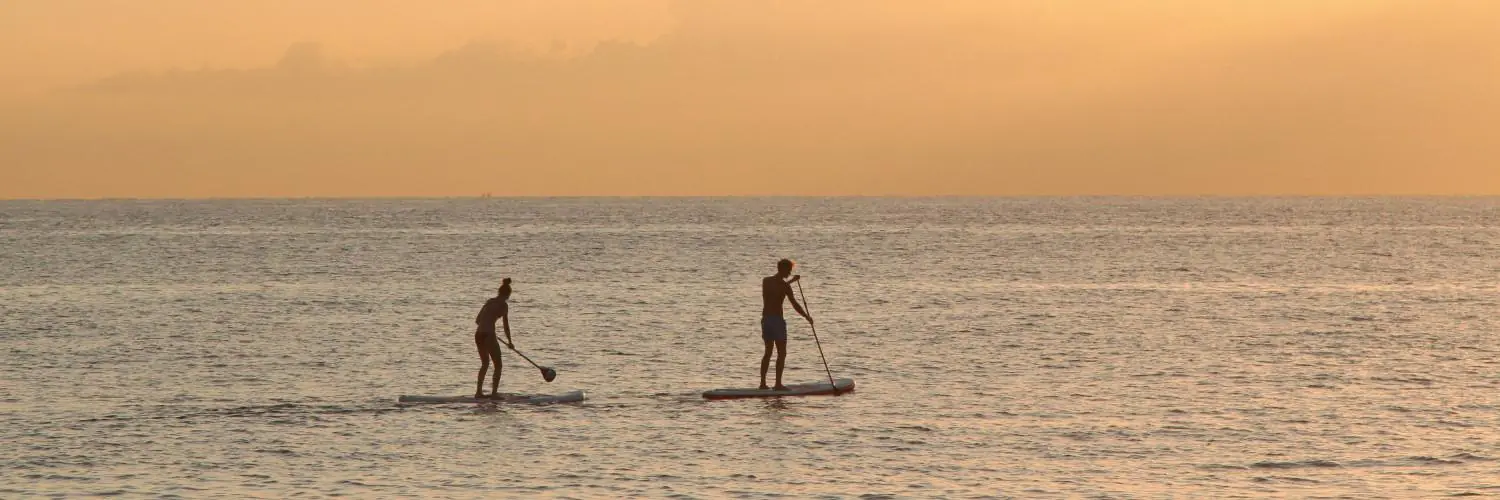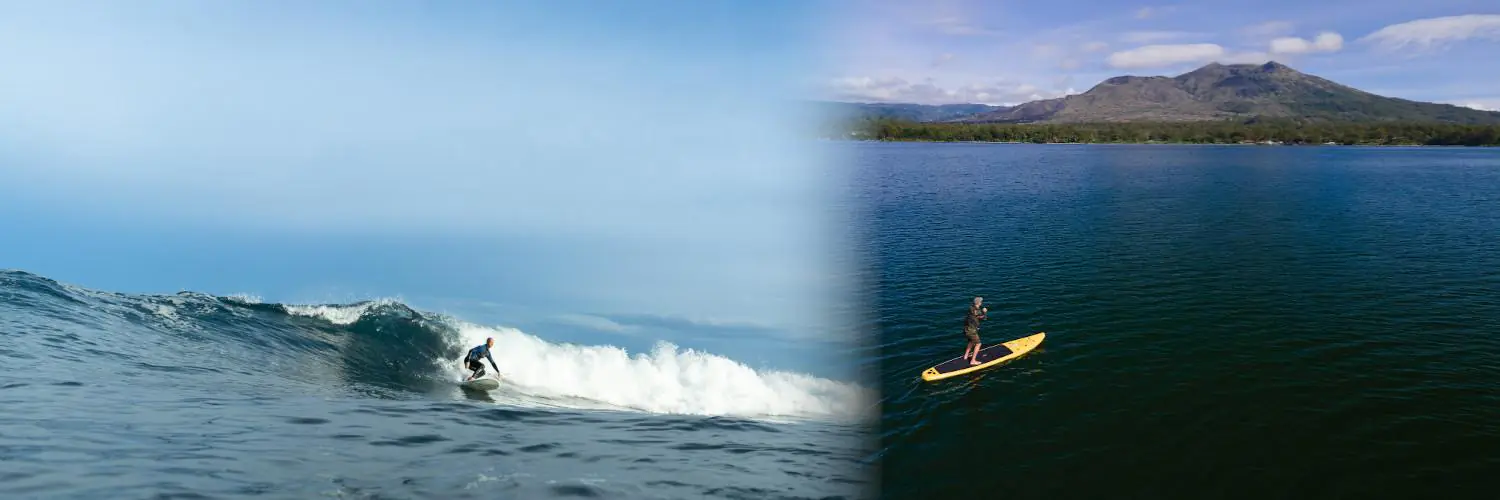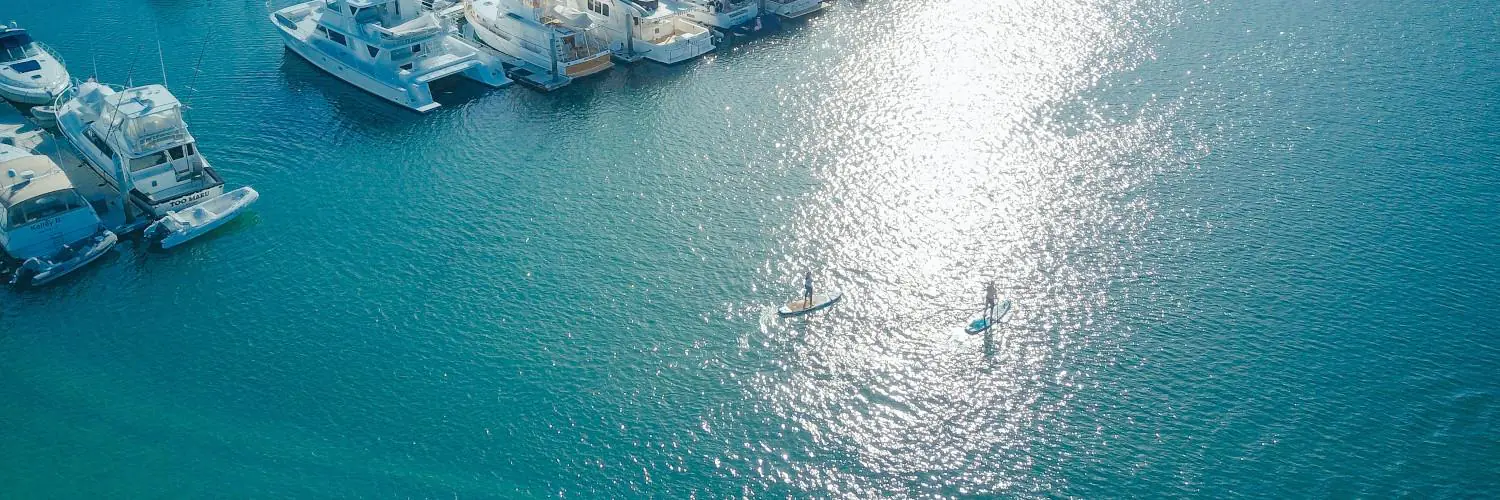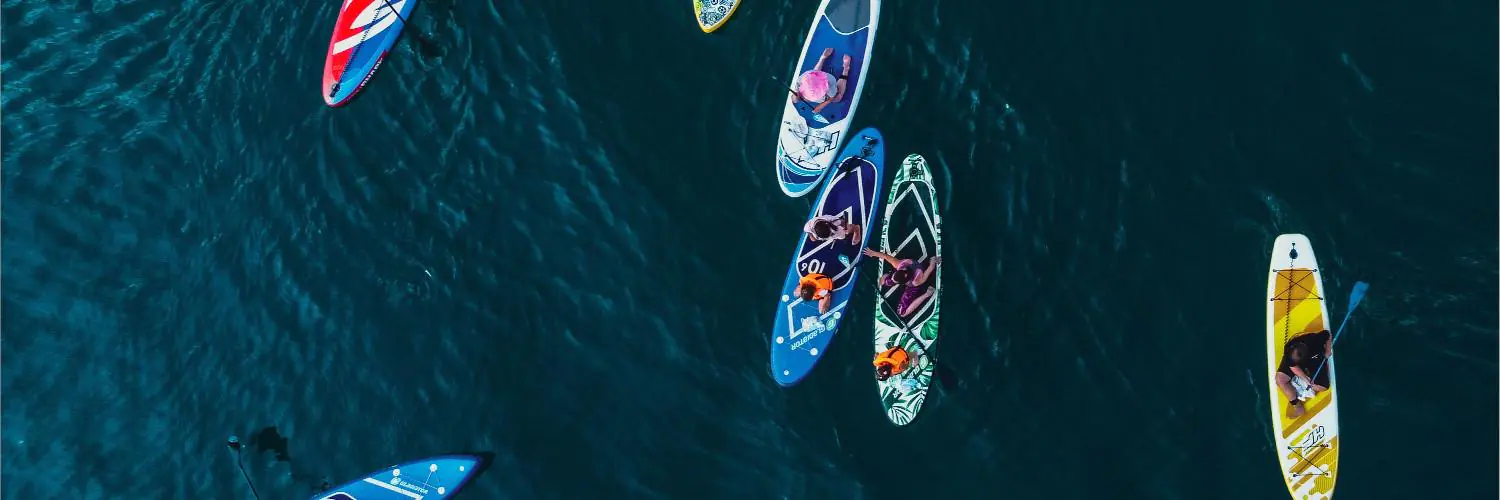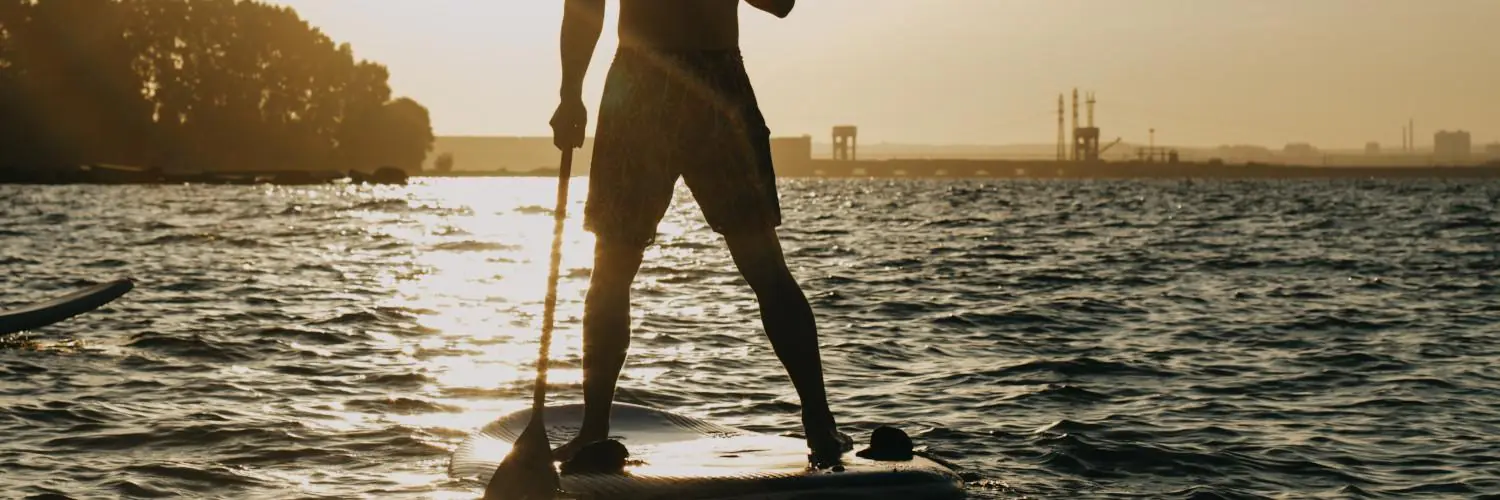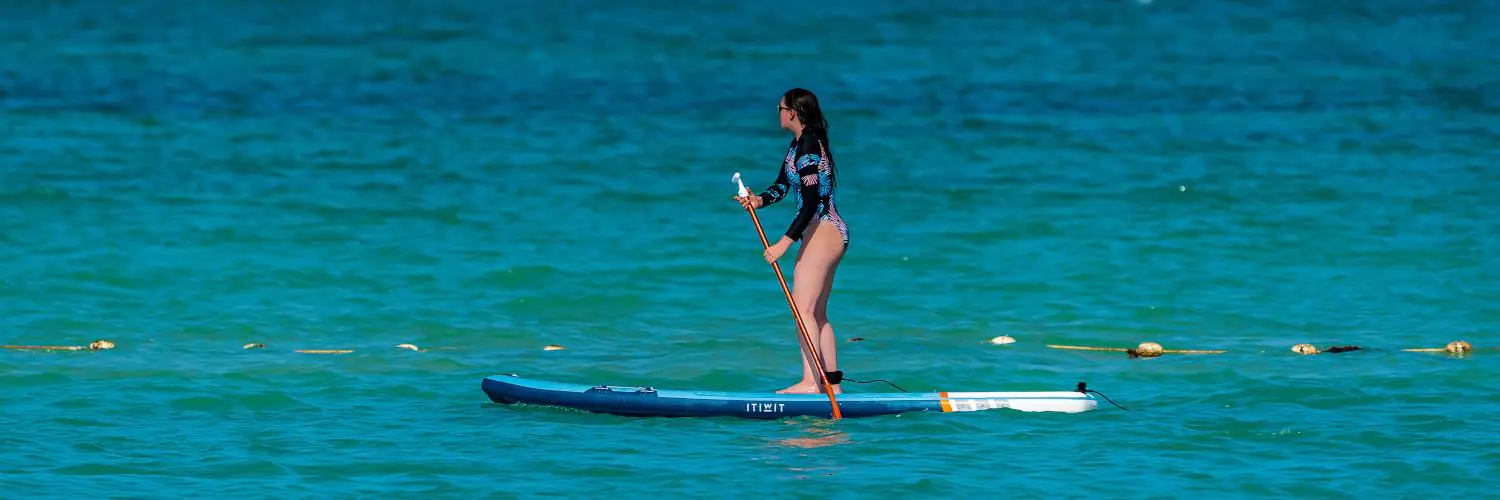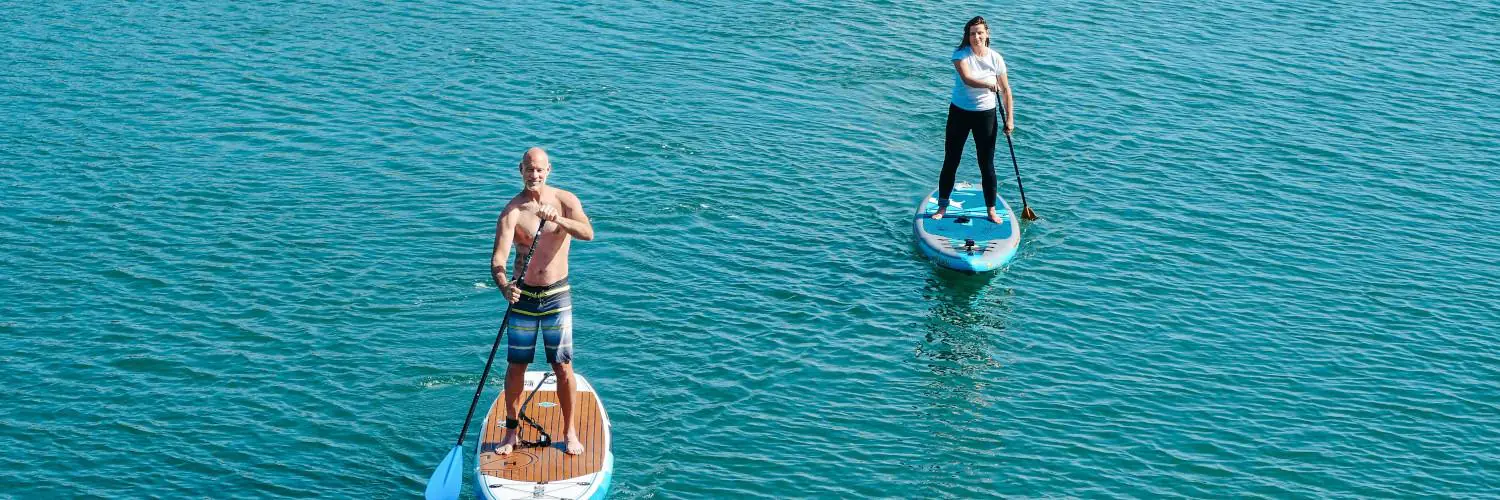Table of Contents
SUP Across Atlantic: Pioneering the Ultimate Paddleboarding Challenge
In 2017, waterman Chris Bertish etched his name in the annals of maritime and adventure records by successfully crossing the Atlantic Ocean on a stand-up paddleboard (SUP). The monumental journey began on the coast of Morocco and ended in Antigua, covering an inspiring distance that showcased the levels of human endurance and determination. This solo, unsupported expedition on the vast ocean lasted a captivating 93 days in which Bertish paddled over 4,600 miles.
During the crossing, Bertish faced a multitude of challenges that would test the limits of any seasoned adventurer. From the unpredictable weather conditions to the solitary nature of the venture, every day presented new trials. Despite the adversities, he persevered, powered by a strong purpose beyond the thrill of adventure. His journey was not just about setting records; it was also a platform to raise funds for charity initiatives. By bridging the Atlantic, he aimed to make a difference, contributing to various causes including education and conservation.
Bertish’s achievement in crossing the Atlantic on a SUP is more than an adventurous record; it underscores the interplay between human ambition and the spirit of philanthropy. The endeavor inspires a narrative of possibility and the positive impact that follows when adventure is aligned with a cause greater than the self. Such a narrative brings to light the potential of what individuals can achieve when they set out to conquer their own Atlantic, no matter the domain.
Preparation and Launch
Successful stand-up paddleboard crossings require meticulous planning, robust equipment, and rigorous training. Adventurers must outfit their crafts with the latest technology to ensure safety and track progress while preparing physically and mentally for the strenuous journey ahead.
Equipment and Supplies
Chris Bertish undertook his transatlantic journey on a custom-built stand-up paddleboard (SUP), designed to withstand the harsh conditions of the Atlantic Ocean. The board was equipped with solar panels to power essential electronics such as the GPS and autopilot system. The storage compartments housed freeze-dried meals, safety equipment, and a satellite phone for communication. Bertish’s SUP was a marvel of engineering, complete with live tracking capabilities for navigation.
Training and Strategy
Bertish began his voyage from Agadir, Morocco, aiming for the Canary Islands as a significant milestone. His strategy entailed both physical endurance training and careful planning of his route to leverage prevailing winds and currents. He mastered the skills necessary to handle the SUP in various sea conditions and spent considerable time on the water to simulate the experience. Safeguarding against potential risks, Bertish equipped himself with knowledge in emergency procedures, leveraging the satellite phone for distress calls if needed. His training regimen ensured he was prepared for the long days of paddling that lay ahead.
The Trans-Atlantic Journey
The trans-Atlantic journey by Chris Bertish was a testament to human endurance, skill, and determination. Spanning 93 challenging days, Bertish became the first person to cross the Atlantic Ocean solo on a stand-up paddleboard.
Daily Routines
Chris Bertish’s day-to-day activities were marked by strict routines essential for success and survival. Each day involved:
- Paddling: Averaging a marathon distance daily to maintain progress.
- Navigation: Diligent charting and adherence to a planned course were essential.
- Rest: Bertish had to balance his time between paddling and resting in a small cabin attached to the SUP board.
- Maintenance: Regular equipment checks were needed to ensure everything remained in working order.
Challenges and Hazards
Throughout the journey, Bertish faced numerous challenges and hazards:
- Open Ocean: Dealing with the unpredictability of the Atlantic, including waves and currents.
- Weather Forecasting: Crucial for avoiding storms that could cripple progress or endanger his life.
- Sharks: Potential encounters with marine life, particularly sharks which are common in these waters.
- Fatigue and Exhaustion: Constantly managing his energy levels to avoid burnout over the course.
Notable Milestones
Key achievements during this historic exploit included:
- Start: Departure from Morocco set the stage for the monumental task ahead.
- Distance: Covering over 4,600 miles, he paddled almost 2 million strokes during the crossing.
- Record: Bertish set a world record by completing this solo expedition in just 93 Days.
- Night Paddling: Paddling at night was a regular part of the routine to take advantage of calmer seas and cooler temperatures.
Records and Achievements
This section explores the notable records and achievements within the paddleboarding community, detailing significant milestones like world records and historical achievements that have inspired others.
Surfing Community
The big-wave surfer, Chris Bertish, a South African, made history by completing the first SUP (Stand-Up Paddleboard) trans-Atlantic crossing. This endeavor solidified his status within the surfing community, demonstrating the potential for stand-up paddleboarding to go beyond traditional boundaries and enter the realm of extreme endurance challenges.
World Records
Chris Bertish set a Guinness World Record with his monumental journey across the Atlantic.
- Distance: Over 4,600 nautical miles
- Duration: 93 days
- Strokes: Nearly 2 million
His achievement not only stands as a testament to human willpower but also paves the way for new records in the sport.
Historical Context
Before Bertish’s successful crossing, Frenchman Nicolas Jarossay attempted the feat in 2016. Although Jarossay was not successful, his and Bertish’s attempts highlight a growing trend in the stand-up paddleboard community to push the limits of what is perceived as possible and inspire others to undertake similar feats of endurance.
Scientific and Environmental Insights
The crossing of the Atlantic Ocean on a stand-up paddleboard (SUP) is a formidable adventure that provides unique opportunities for marine observations and the testing of technological contributions in harsh oceanic environments.
Marine Observations
Ocean Dynamics: The Atlantic is a complex body of water with varying temperatures, salinity, currents, and ecosystems. Paddleboarders embarking on this adventure encounter diverse weather patterns and marine life, such as sharks, which necessitate careful navigation and awareness. GPS and solar panels may be utilized to collect and relay data on these oceanic conditions, contributing to scientific understanding of the ocean’s natural processes.
- Weather Analysis: Weather is a critical component in marine travel, and paddlers must employ real-time meteorological data to ensure safety and optimal routing. This information can also be used to study climate variability and its effects on the ocean.
Technological Contributions
Innovative Equipment: The integration of advanced technology, such as solar panels, into paddleboarding equipment highlights significant strides in sustainable practices, with solar energy powering vital electronics like GPS systems for real-time navigation and tracking.
- Data Collection Tools: GPS technology not only aids in navigation but also serves in collecting geographical and temporal data, which is essential for understanding marine ecosystems and currents across the Atlantic. Such data is invaluable for furthering ocean science and advising future expeditions.
Humanitarian Efforts and Legacy
Humanitarian initiatives connected to transatlantic stand-up paddleboarding extend beyond physical endurance, focusing on legacy through charitable actions and inspiring social engagement. These endeavors aim to meld the spirit of adventure with a deep-rooted sense of philanthropy.
Charitable Foundations
Operation Smile and Signature of Hope are significant beneficiaries of funds raised through SUP crossings of the Atlantic. Chris Bertish, a renowned figure in this field, has been pivotal in directing attention and resources to these organizations. For instance, Operation Smile has been instrumental in providing life-changing surgeries for children with cleft conditions, operating under the premise that everyone deserves the right to a healthy, happy smile. Meanwhile, Signature of Hope utilizes its resources to invest in education and healthcare projects. Through the concerted effort of such paddling endeavors, thousands of lives are positively affected, weaving a lasting humanitarian tapestry.
- Operation Smile: Provides cleft surgeries.
- Signature of Hope: Supports education and healthcare initiatives.
Public Engagement
Social media platforms like Facebook have been leveraged to heighten visibility and public participation in humanitarian SUP activities. Events are publicized, stories are shared, and donations are collected through these vast networks. A palpable example is Bertish’s use of Facebook to update followers during his transatlantic journey, enhancing public engagement and support. Links between such individual challenges and broader charitable goals have not only raised substantial funds but have also galvanized the public to take an active interest in the causes championed by these ventures. Notably, ports like English Harbour in Antigua, located in the Caribbean, illustrate destinations where such charitable missions culminate, capturing both local and international attention.
Inspirational Impact
The success stories of individuals like Chris Bertish in crossing the Atlantic on a SUP board carry an inspirational impact. They demonstrate that seemingly impossible feats can serve a purpose greater than the record books. Initiatives like the Lunchbox Fund benefit as well, with funds supporting feeding schemes for underprivileged children. The stories and achievements of such endeavors circulate widely, providing inspiration and a blueprint for what individuals can achieve when they harness their passion for a cause greater than themselves. These figures exemplify how the courage to face the vast ocean can be mirrored in the courage to confront humanitarian crises, prompting actions that resonate with a legacy of positive change.

